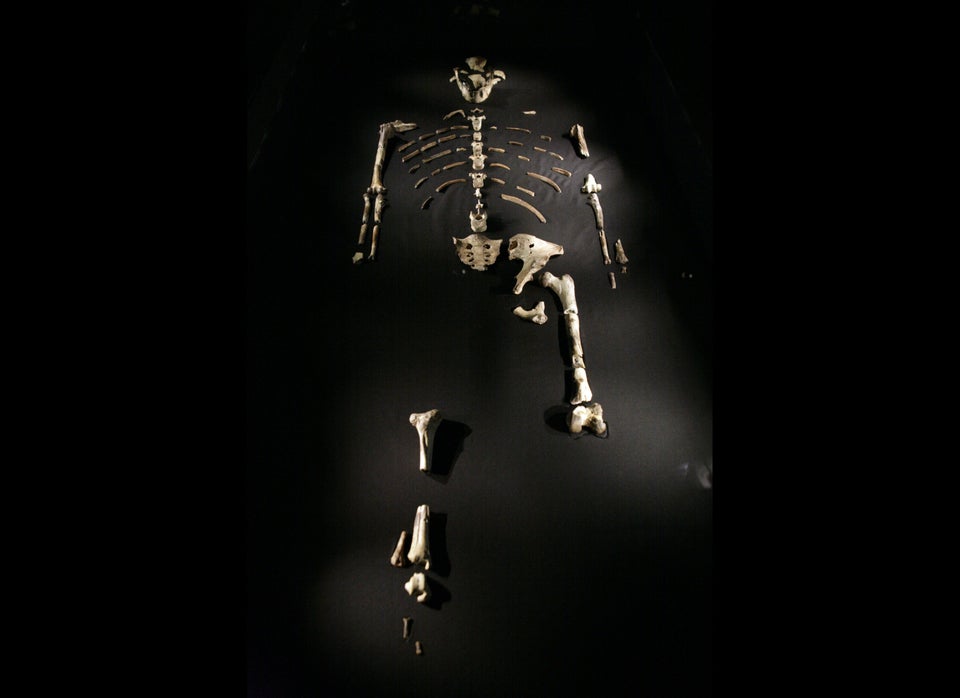
After 25 years, the mystery behind dozens of mutilated skulls unearthed in London may have been solved -- and the solution isn't very pretty.
Archaeologists now say the 39 skulls are probably all that's left of young men beheaded by Roman soldiers or felled by their opponents in gladiatorial contests almost 2,000 years ago.
The skulls were originally excavated in 1988 by laborers in the heart of London, according to History.com. They were moved to the Museum of London, where they languished in storage until Dr. Rebecca Redfern, a researcher from the museum's Center for Human Bioarchaeology, decided to give them a new look.
"It is not a pretty picture," Redfern said, according to the Guardian. "At least one of the skulls shows evidence of being chewed at by dogs, so it was still fleshed when it was lying in the open."
Redfern and her colleague Heather Bonney dated the skulls to between 120 and 160 A.D., the Independent reported. The battered skulls, believed to have belonged to men in their 20s and 30s, show pretty clearly that "violence was a common feature of their life," the researchers wrote in their study, published online Jan. 10 in the Journal of Archaeological Science.
"We believe that some of the heads may be people who were killed in the [amphitheater]," Redfern told The Guardian. "Decapitation was a way of finishing off gladiators, but not everyone who died in the Roman [amphitheater] was a gladiator, it was where common criminals were executed, or sometimes for entertainment you'd give two of them swords and have them kill one another."
Whether the remains represent gladiators, executed criminals, or prisoners of war, they represent some of the first evidence documenting a darker side of the Roman empire in the British isles.
"The view of bloodthirsty Romans has wide currency, but this is the first time that we have evidence of these types of violent acts in London," Redfern said, according to the BBC.
